So here is a (short!) biography, from the Steinway & Sons website:
A pianist of legendary fame and stature, Vladimir Horowitz was born in Kiev, Ukraine. His mother, herself a professional pianist, provided his first instruction at the piano and was the first to recognize his extraordinary talents; he studied further at the Kiev Conservatory. His first public appearance was a recital in Kiev on May 30, 1920, and in 1922 he gave a series of 15 concerts in Kharkov for which he was paid in food and clothing. Although Russia was still reeling from the revolution of 1917, Horowitz fashioned successful concert tours in major cities such as Moscow, Leningrad, and Kiev -- marking the beginning of a performing career of unflagging and spectacular success.
His first international appearance came with his 1926 trip to Berlin, soon after which followed concerts in Paris, London, and New York. Further appearances in the United States solidified his reputation as an exceptional virtuoso, and the country which was to become his adopted home embraced him warmly. He was invited to the White House to play for President Hoover in 1931, and in 1933 he married Wanda Toscanini -- the daughter of the famous conductor Arturo Toscanini, who would soon conduct Horowitz and the New York Philharmonic Orchestra in performances of the Beethoven piano concertos. Horowitz permanently settled in the United States in 1940 and achieved citizenship in 1944.
Wanda Toscanini assumed a gentle stewardship of her new husband, who was in fragile physical and emotional health. Often seized with an irrational fear of failure, Horowitz found the life of touring threatening to his equilibrium. He withdrew from the concert stage for several periods during his life, and made only rare appearances after 1970. When Horowitz did schedule a concert, it often took the persuasive powers of his wife and friends to keep him from canceling at the last minute. His nagging, and often overpowering, insecurity led him to seek shock therapy in 1973, but though he seemed to achieve some benefit from treatment, he was never free of anxiety when playing in public. The one exception to this trend was when he appeared as accompanist to another artist, which he often did with baritone Dietrich Fischer-Dieskau, cellist Mstislav Rostropovich, and violinist Isaac Stern. Because of his long absences from the concert stage, Horowitz's popularity was largely sustained by his recordings.
Perhaps the most significant single event in Horowitz's long career was his long-overdue return to the Soviet Union (his first since his departure in the 1920s) for a series of concerts in 1986. The resulting tour became a major political event, coinciding as it did with an era of new understanding between the United States and the Soviet Union, and it resonated powerfully with Soviet audiences. Revitalized by the Soviet tour, Horwowitz signed a new contract with Sony; the contract included provisions for recording him at home on his favorite piano. He made his last such recording on November 1, 1989; on November 5 he died of a massive heart attack.
As a performer, Horowitz had huge resources of speed and power, and a clean articulation. His performances were brilliant, exciting, and often mystifying to those who found his technique enigmatic (he played, for instance, with unusually straight fingers, laying them nearly flat on the keys). Though his performances were frequently criticized for their willfulness and self-indulgent nature, there was an undeniable charisma to his playing that endeared him to most everyone who heard him.
So, you may wonder, now that you know who Vladimir Horowitz was, what about his piano?
Early in 1934, as a wedding present, Steinway & Sons presented Horowitz and his wife Wanda with a Steinway Model D, Serial #279503. In the early 1940’s, this piano was replaced with #314503, now known simply as CD 503. This is the piano Horowitz kept in his New York townhouse. He used it in many recitals and recordings in the 70’s and 80’s, and he famously demanded that the piano be his exclusive touring instrument during the last four years of his life, including for return to Moscow.
And now that you know about both the man and his piano.....here comes the real subject matter of this post.
***drum roll***
We (my sister, Sarah, and I) got to play Vladimir Horowitz's piano.
Yes, I just said that, WE GOT TO PLAY VLADIMIR HOROWITZ'S PIANO!!!!!!
A few weeks ago I got an email from Broussard's Piano Gallery in Mobile, AL, saying that Horowitz's piano was on tour and that they, being a Steinway dealer, would have it for a week in April! Not only that, we could sign up to play it for 15 minutes- for free! We immediately knew that was an opportunity we could NOT pass up. So yes indeed, we got to play it.
And all I can say is, WOW.
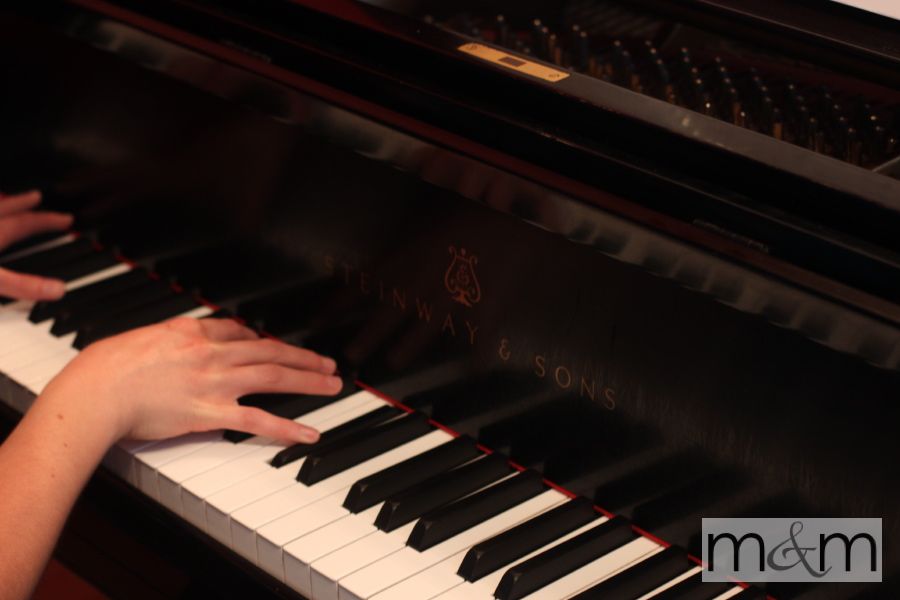
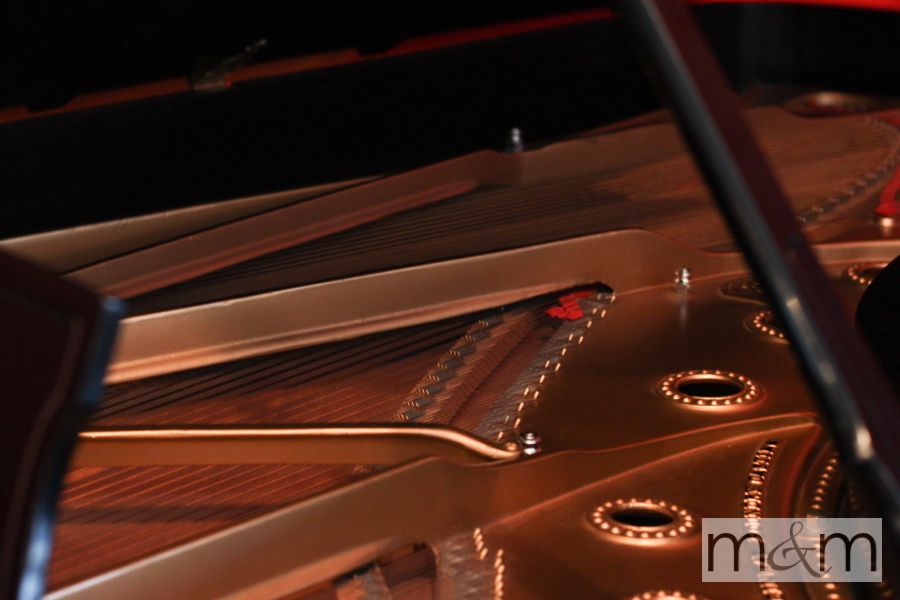

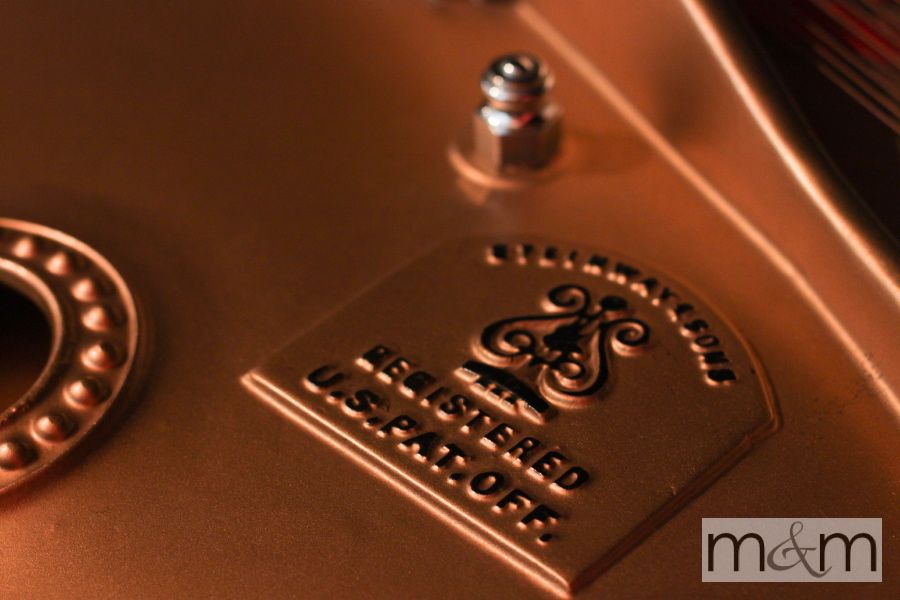
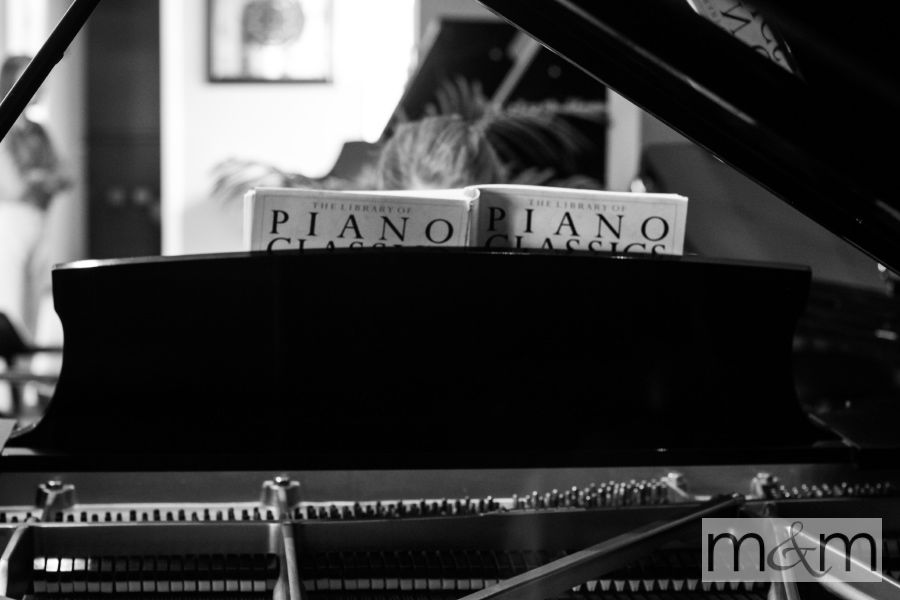
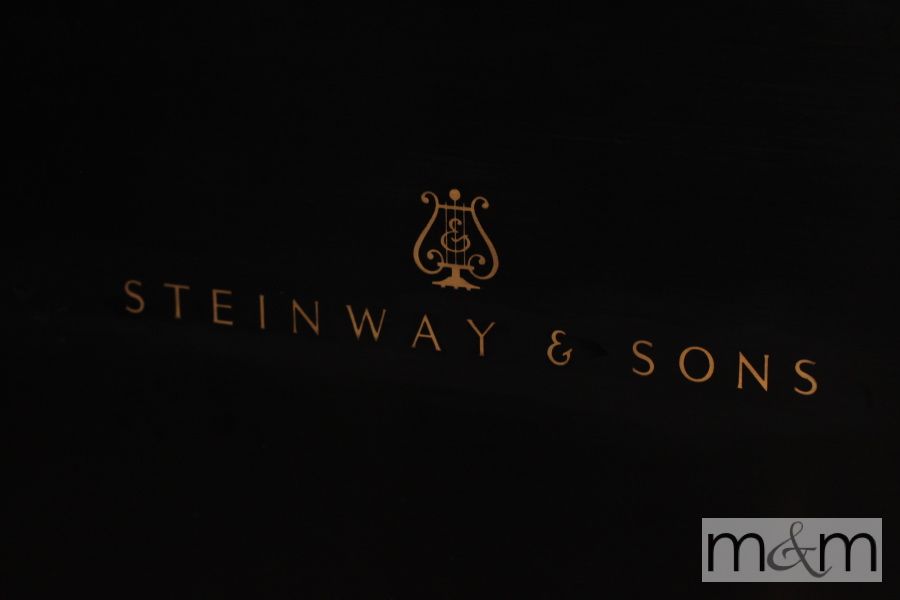
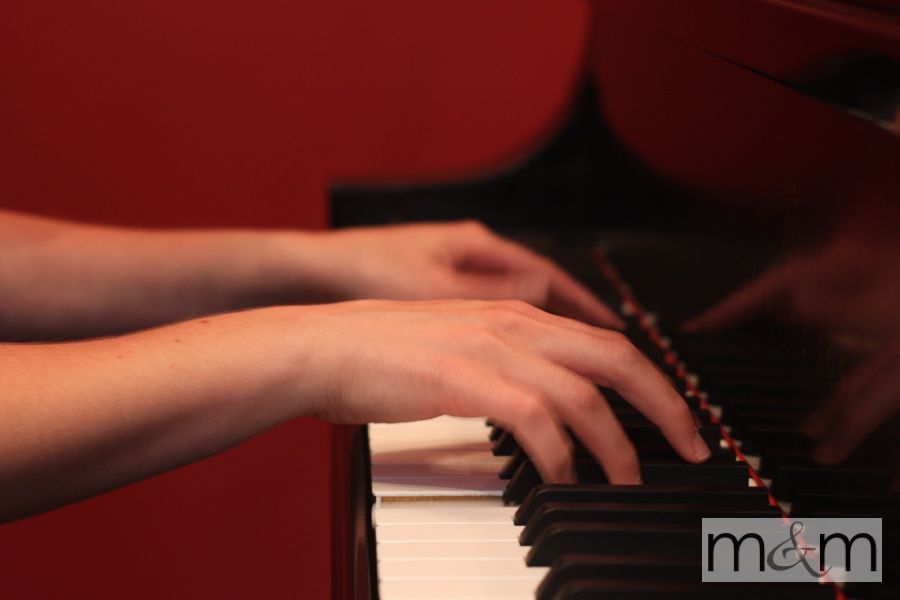
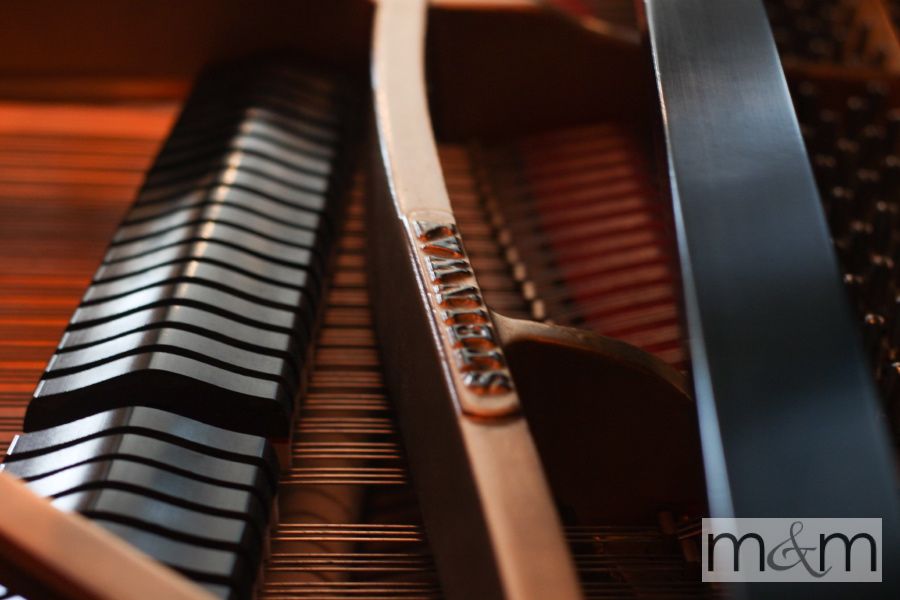
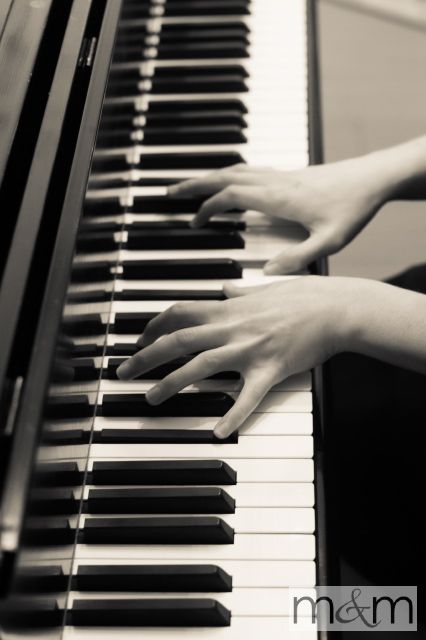
We actually got to play it for more like half an hour each, since there wasn't anyone else there waiting to play. It's been 4 years since we played our senior recital, so we were a little rusty, but we played everything we could think of, from Bach to Beethoven to hymns. We shot some video with my DSLR so we could always remember how it sounded- and so we could share it with you!
(I don't usually shoot video with my 50mm f/1.4 lens, so that explains why so little of this was in focus! Sorry!)
Of special note: the piece that I played in the video, Traumerei by Robert Schumann, was one of Horowitz's signature pieces to perform. When he returned to Moscow, he played it, so I knew I had to play it myself. :) Horowitz's piano was made for playing this piece. The touch on most pianos is too hard for all the notes to sound, because it's such a quiet piece, but on his piano it was perfect.
If you ever get the chance to play a Steinway grand, do so! It's an incredible experience, and playing Horowitz's piano was one that we will never forget! Thank you, Broussard's, for making this possible!
For the love of music and the glory of God,
Rebekah



Wow! What an exciting experience! (And beautiful pictures, as always. :-) ) I guess the equivalent for me would be visiting the library of J. R. R. Tolkien or C. S. Lewis...
ReplyDeleteLove and hugs,
Zibber